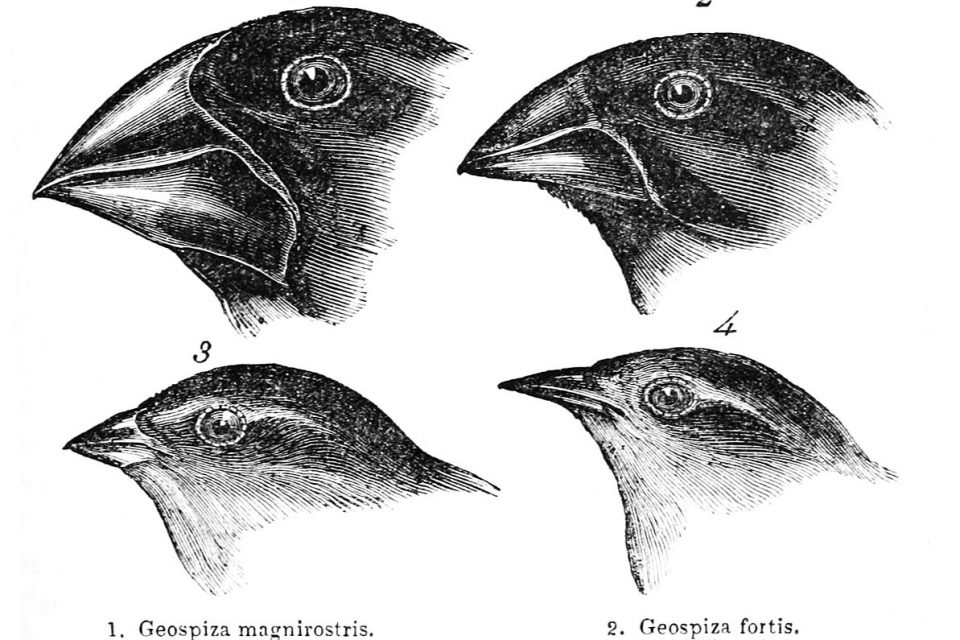
What Is Charles Darwin's Theory of Evolution?
Let us not get controversial, but simply stick to the facts about Charles Darwin and his theory of evolution. An English naturalist, Mr. Darwin definitely gave us all a lot to think about.
Darwin’s theory of evolution actually contains two major ideas. The first idea posed by Mr. Darwin theorized the idea that evolution occurs. In other words, organisms change over time, and life on Earth has changed as descendants diverged from common ancestors in the past.
The second idea from Mr. Darwin is that evolution occurs by natural selection. Natural selection is the process in which living things with beneficial traits produce more offspring than others. This results in changes in the traits of living things over time.
In Charles Darwin’s day, the early 1800’s, most people believed that all species were created at the same time and remained unchanged thereafter. They also believed that Earth was merely 6,000 years old. Darwin’s ideas revolutionized biology as we know it!
How did Mr. Darwin come up with these important ideas? It all started when he went on a voyage.
In 1831, when Darwin was just 22 years old, he set sail on a scientific expedition on a ship called the HMS Beagle. He was the naturalist on the voyage. As a naturalist, it was his job to observe and collect specimens of plants, animals, rocks, and fossils wherever the expedition went ashore.
Darwin was fascinated by this nature, and his job on the Beagle was the most important time of his life. He spent over 3 years of the 5-year trip exploring nature on distant continents and islands. While he was away, a former teacher published Darwin’s accounts of his observations. By the time Darwin finally returned to England, he had become famous as a naturalist.
During the long voyage, Charles Darwin made many observations that helped him form his theory of evolution. Some of what he found included:
Tropical rain forests and other new habitats where he saw many plants and animals he had never seen before
An earthquake that lifted the ocean floor 9 feet (2.7 meters) above sea level. He also found rocks containing fossil sea shells in mountains far above sea level. These observations suggested that continents and oceans had changed dramatically over time and continue to change dramatically.
Rock ledges that had clearly once been beaches that had gradually built up over time. This suggested that slow, steady processes also change the surface of the Earth.
Fossils of gigantic extinct mammals, such as the ground sloth This was hard evidence that organisms looked very different in the past, as it suggested that living things, including the Earth’s surface, change over time.
We respectfully credit CK12.org. Those who provide Open Source, educational information need your support!












